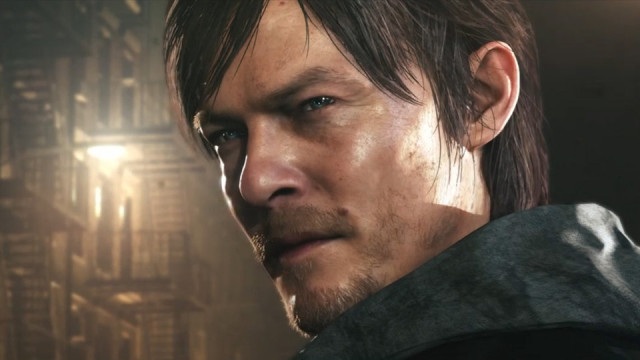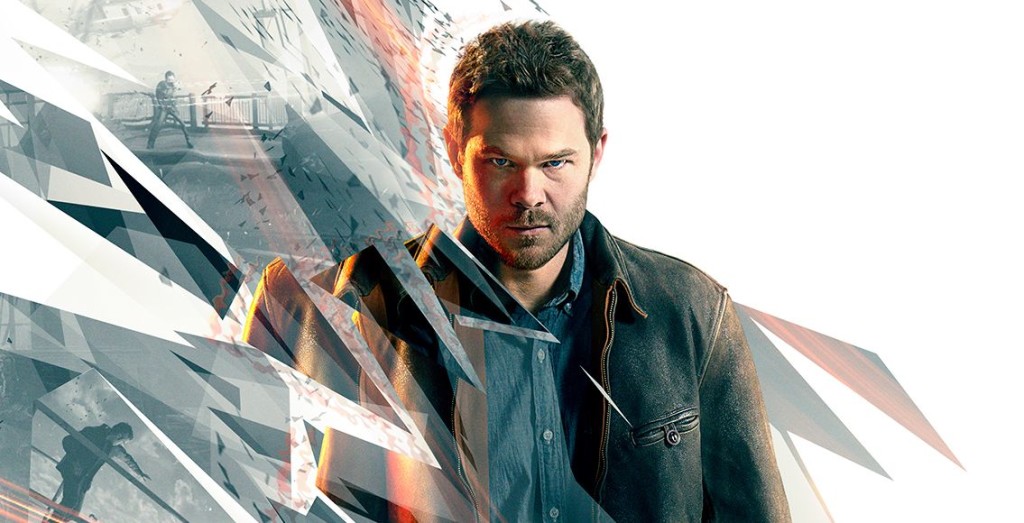When it comes to the success of a film, the difference between an unknown actor and a famous one can directly affect box office earnings. Studios have marketed accordingly since the beginning, touting the names of their stars as the prominent points to convince audiences to buy theater tickets. Therefore, it makes perfect sense that the video game industry would adopt this same star power to promote interactive works—especially as the lines between live-action and computer graphics continue to blur.
Thanks to the continued advancement of motion capture and facial tracking technology, video games are able to convey subtle facial expressions and movements that were previously impossible. As a result, A-list actors are becoming more prevalent in video game performances to both enrich the gameplay experience and of course, attract those actors’ fans to the game. The idea of exploring a new medium can be exciting, as Kiefer Sutherland found while portraying Snake in Metal Gear Solid V: The Phantom Pain. Konami utilized facial capture, which is a series of metal balls glued to the actor’s face. These markers are then read by a camera and translated to the character’s animation to capture every subtle movement. “The face of the character in the video game is doing exactly what I’m doing while I’m reading the script,” Sutherland told GameSpot in a 2013 interview, “That’s impressive.”
While actors are finding themselves fascinated by the new technology, they are more attracted to deep storylines and compelling characters.
“I’m not a gamer and I even knew about this game,” Kiefer Sutherland continued. “I was certainly keenly aware of the legacy of these games; the unbelievable success of these games.”
The first video game to feature the performance of an established celebrity was Night Trap in 1992—starring Dana Plato of Diff’rent Strokes. Although the controversial game featured live-action video footage rather than celebrity voice acting, the idea of using famous actors to market a game continued thereafter. The growing list of A-list actors and actresses providing vocal performances include Sir Patrick Stewart (Castlevania: Lords of Shadow 2), Christopher Walken (True Crime: New York City), Gary Oldman (Call of Duty: Black Ops), Katee Sackhoff (Call of Duty: Black Ops III; EVE Valkyrie), Kevin Spacey (Call of Duty: Advanced Warfare) and Sean Bean (Papa Sangre II).
Although an actor’s voice and movements provide the performance, the advancement of motion capture is allowing developers to use an actor’s likeness in a realistic way. This technology uses star power to market both what the game is about and the famous face of who’s in it. Remedy’s Quantum Break features the performance and likeness of Shawn Ashmore (X-Men: Days of Future Past), so it’s no surprise that Ashmore’s character has become the prominent “face” of marketing campaigns.
All main characters in Rockstar’s L.A. Noire featured the performances and likenesses of its famous actors (such as Aaron Staton), while the since-cancelled Silent Hills was to star The Walking Dead‘s Norman Reedus in the same way.

Video games continue to advance in technology and as a story-telling medium. With that new-found responsibility, developers are turning to A-list actors to portray characters through voice, motion, likeness, or all three. This strategy not only aids in the development quality of a video game, but allows for marketing outreach that extends from gamers to movie fans, as well as proving that “star power” has found a new home.

